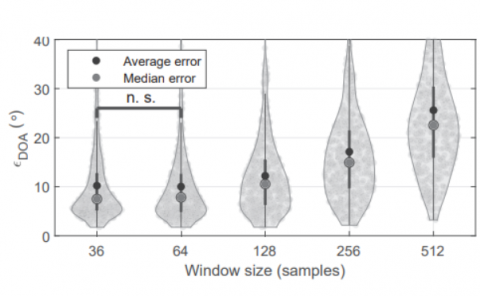Equilibrium revisited: Mutual gaze and personal space in virtual environments
PubDate: December 2001
Teams: University of California
Writers: Bailenson, J.N., Blascovich, J., Beall, A.C., & Loomis, J.M
PDF: Equilibrium revisited: Mutual gaze and personal space in virtual environments

Abstract
During the last half of the twentieth century, psychologists and anthropologists have studied proxemics, or spacing behavior, among people in many contexts. As we enter the twenty-first century, immersive virtual environment technology promises new experimental venues in which researchers can study proxemics. Immersive virtual environments provide realistic and compelling experimental settings without sacrificing experimental control. The experiment reported here tested Argyle and Dean’s (1965) equilibrium theory’s specification of an inverse relationship between mutual gaze, a nonverbal cue signaling intimacy, and interpersonal distance. Participants were immersed in a three-dimensional virtual room in which a virtual human representation (that is, an embodied agent) stood. Under the guise of a memory task, participants walked towards and around the agent. Distance between the participant and agent was tracked automatically via our immersive virtual environment system. All participants maintained more space around agents than they did around similarly sized and shaped but nonhuman-like objects. Female participants maintained more interpersonal distance between themselves and agents who engaged them in eye contact (that is, mutual gaze behavior) than between themselves and agents who did not engage them in eye contact, whereas male participants did not. Implications are discussed for the study of proxemics via immersive virtual environment technology, as well as the design of virtual environments and virtual humans.


